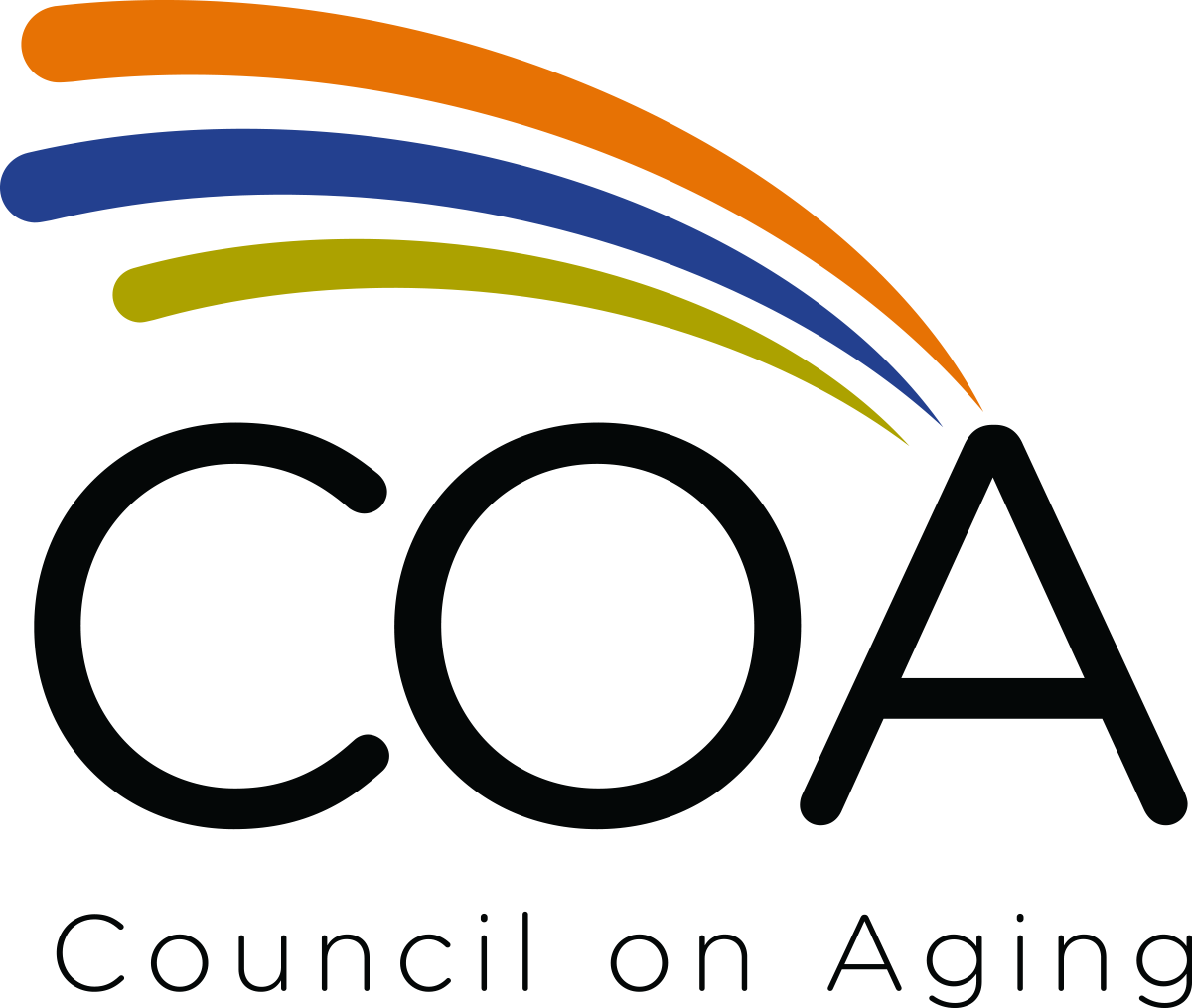Retired educators Betty and Bill used to delight in attending sporting events, traveling, spoiling their beloved golden retriever and spending time with their children and grandchildren. Participating in their favorite activities slowed down and finally came to a stop after Bill was diagnosed with Alzheimer’s disease five years ago. As his disease has progressed, Bill has required constant care from Betty.
Betty is not alone in her role as a family caregiver. She is one of more than 48 million unpaid caregivers helping older parents, spouses and other loved ones remain in their homes and communities rather than prematurely enter a nursing home, which is extremely costly.
While Betty was already retired when she became Bill’s caregiver, there are also millions of caregivers who are part of the so called “sandwich generation,” providing care for aging parents while also raising their own families and working.
National Family Caregivers Month in November is a time to call attention to the importance of family caregivers to our literal – and financial – health as a nation. After all, family caregivers in our country provide $600 billion of unpaid labor each year. In addition, the care they provide to keep their loved ones in their homes saves money in taxpayer-supported nursing home admissions. They are the backbone of our long-term care system, one which our country couldn’t begin to afford to replace.
As important and irreplaceable as caregiving is, it seems logical there would be an abundance of coordinated supportive resources available to caregivers. On the contrary, the network of supports and services available doesn’t have the funding needed to meet the demand. The situation is more dire when you consider the rapid pace of growth among people age 85 and older – the group most likely to need care.
It is not always easy to find the help that is available. Many caregivers are trying to navigate a complicated web of long-term care services and supports. They are trying to understand what their loved one qualifies for and how to pay for it.
Council on Aging (COA) supports family caregivers both directly and indirectly through programs that help older adults remain independent in their homes, as well as programs aimed specifically at supporting family caregivers.
For example, our Caregiver Support Program provides one-on-one counseling for family caregivers to help them manage the challenges that go along with caregiving. The focus of the program is on the caregivers themselves – helping them manage stress, access resources, balance their responsibilities and provide respite care if needed. The number of caregivers served through this program has increased by 100% from 2020 to 2023.
The program is funded by the National Family Caregiver Support Program (NFCSP), which is the only national program specifically supporting the family caregivers of older adults. USAging (which represents the country’s network of Area Agencies on Aging – of which COA is one) is calling on Congress to significantly increase appropriations for the NFCSP in 2025, as it currently only serves a small fraction of caregivers.
As the need for caregiving continues to grow, it will be important for all caregivers to have access to services that can support them in their caregiving journey and help more older adults remain independent in their homes and communities.
Caregivers need and deserve recognition at the federal level that what they are doing is important – not only to the person they are providing care for, but for the health and stability of our long-term care system and our country.
The federal government is implementing its National Strategy to Support Family Caregivers – aimed at building a system that ensures family caregivers have the resources they need to maintain their own health, well-being and financial security while caregiving. But it is in its early stages.
In the meantime, COA is actively advocating for caregivers at all levels of government. This includes a current effort at the county level to ensure its older adult clients who are caring for their grandchildren receive kinship care supports. And the Ohio Department of Aging has funded the new Golden Buckeye Center for Dementia Caregiving as the state’s central resource hub for caregivers of Ohioans living with Alzheimer’s disease or other dementias.
“As our population ages rapidly, there is undoubtedly more of a focus on providing caregiver support than in the past,” said COA Government Relations Director Nan Cahall. “But there is still much more work to do at all levels of government.”
